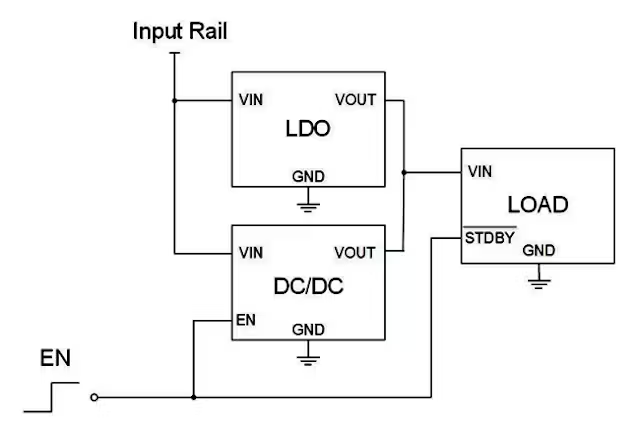SMPS Efficiency at Light Loads: Optimizing for Better Performance

🔌 The Problem :
Switch-Mode Power Supplies (SMPS) are widely used in electronics, but one issue that often arises is inefficiency at light loads. When the demand for power is low, the power supply might not operate efficiently, leading to unnecessary power loss and heat generation. This is especially common in devices that don’t always draw high power, like certain IoT systems or battery chargers.
⚡ The Solution :
To fix this, you can use light-load optimization techniques in your SMPS design. These can include employing pulse-width modulation (PWM) controllers with adjustable duty cycles, or using standby modes that reduce the switching frequency or even shut down certain parts of the circuit when the load is minimal. Using a low-power, high-efficiency controller is another effective strategy.
🔧 Practical Example :
Let’s say you’re building a power supply for a wireless sensor node. During normal operation, it draws about 500mA, but during periods of idle, the current drops to only 10mA. Without light-load optimization, the SMPS might still consume a high amount of power. By adding a PWM controller that adjusts the duty cycle at low loads, you reduce the power waste and keep the system efficient.
📊 Sample Calculation :
If your SMPS draws 1W at idle and consumes 10W under load, at 50% load, you can expect efficiency to improve by around 10-15% with light-load optimization.
🛠️ Product Suggestions :
To enhance your design:
MOSFET for efficient switching.
PWM Controller for better load management.
👉 Shop now at SmartXProKits.in
🇮🇳 Support our work and India’s innovation—buy from our Make in India site!




















